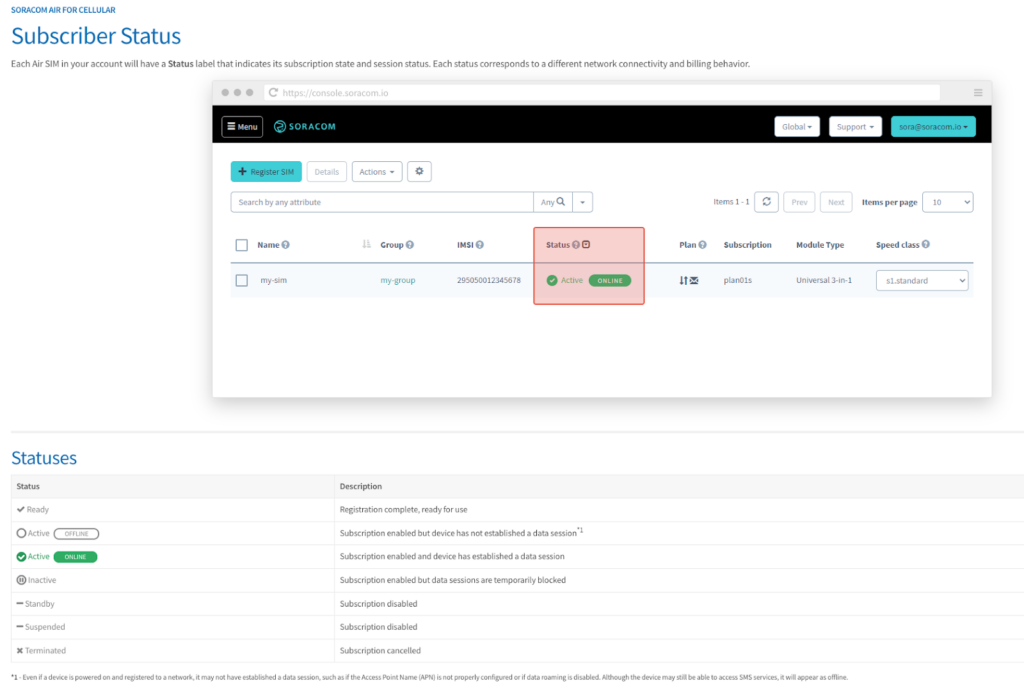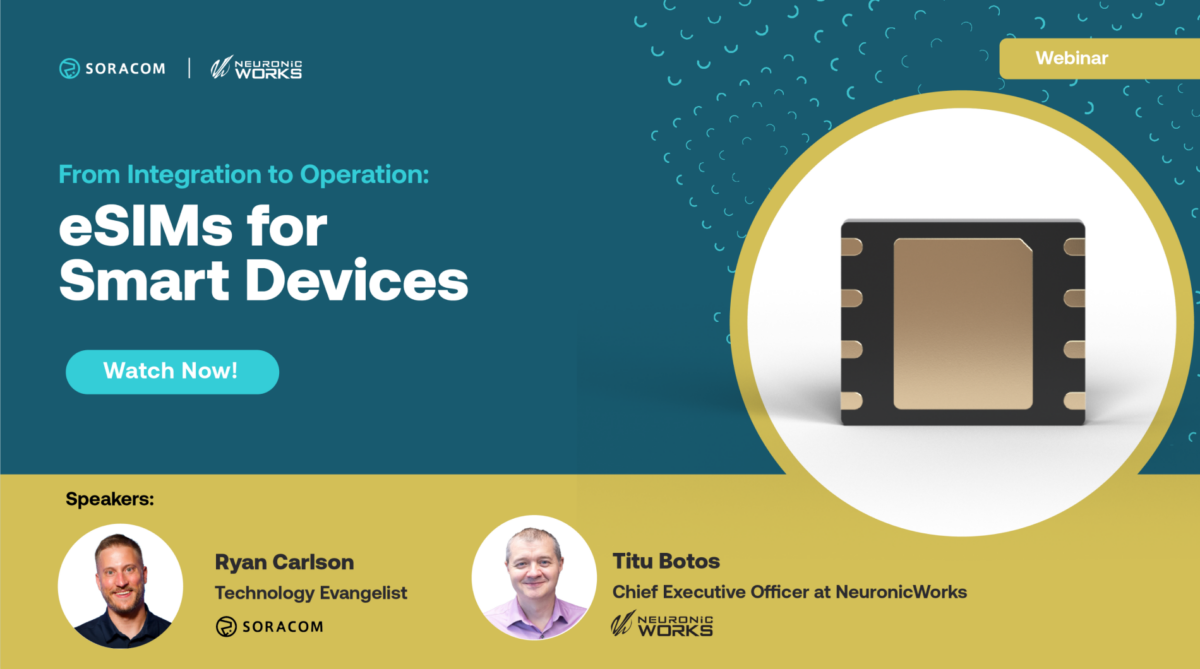3 Challenges of IoT Data Collection, and How Soracom Resolves Them

Creating a world of interconnected IoT devices comes with as many challenges as there are varieties of devices to connect. Oil rigs located in the Alaskan wilderness or the Arabian desert require connectivity miles from the nearest router in order to transmit IoT data. Trains, planes, cars, and busses require constant connectivity – even on the move. Cities need to connect hundreds of traffic and street lights without stalemating traffic with construction projects. Rarely accessed devices need power that lasts for months if not years and all these things need to be accomplished both securely and for the lowest cost possible.
Let’s explore how the IoT industry is creating solutions to these myriad challenges.

Geographically Isolated and Moving Devices
One limitation during the early implementations of IoT was figuring out how to connect devices that cannot access existing internet infrastructure. Running hundreds of miles of CAT and fiber optic cabling through difficult terrain is time-consuming and difficult, creating high costs for installation. Additionally, any damage to the cables would result in extended downtime while the exact location of the break was being determined.
Or, consider, for example, a city hoping to track and monitor its fleet of public transportation vehicles. Developing a reliable city-wide WAN or mixed network for constant wireless connectivity would require new and expensive infrastructure to be built and maintained, and create multiple new avenues for traditional internet-based attacks.
Fortunately, today there are multiple options for remote connectivity of edge devices, such as satellite, Sigfox, cellular, and LoRaWan networks. Yet, while most of these networks can be accessed regardless of device location, there are still areas where certain Radio Access Technologies are not fully implemented. This means even the most reliable IoT deployments may have devices that need to fall back on alternate methods of communication from time to time.
Devices deployed with Soracom SIM cards can take advantage of our large and growing list of supported carriers, and connect to any one of 300 mobile carrier networks across 150 countries.
Choosing Compatible and Reliable Hardware
To normal cellular consumers, it may appear that the cellular network is one homogenous entity and that their phone works wherever they may travel if they are willing to pay the roaming fees. We in the IoT industry, however, know that this is not the case.
Before making any decisions in the procurement or manufacture of hardware, it is important to know what regions it will be used in. For example, a device that communicates via an LPWAN RAT such as LTE-M may work reliably in London but have difficulties connecting anywhere on the western coast of the United Kingdom. Or a device that was tested in China with good results may be shipped to the United States to begin distribution, only to find that the cellular module is not compatible with the bands used by US MNOs and is incapable of getting online at all. Device certification requirements can also differ by geographic region. Generally in the United States, FCC and PTCRB certifications may be all that is required, but these requirements will be expanded if the device is also intended for deployment in the European Union.
As a cellular IoT provider, Soracom is well aware of how complex these issues can seem at first glance. Fortunately, our knowledgeable sales and technical teams are available for consulting on these matters and can leverage our relationships with certification labs and hardware vendors to ensure you have the proper solution for your deployment

Managing IoT Data Usage and Related Costs
Although a $40/month unlimited IoT data plan can be an attractive option for generic consumers, it may not be the best solution for an air quality monitoring system that simply has to send temperature and humidity data once every hour. In recent years, there have been many advances in technology for low data use cases. These include the creation of the Sigfox, NB-IoT, and LTE-M networks, which use low amounts of power and data to communicate at the cost of limited bandwidth and signal strength, or in the case of Sigfox, limiting the total number of messages that can be sent daily. There are also power-saving features such as eDRX and PSM (which allow for scheduled data pushes or for the ability for the device to enter “sleep” states) and more robust compression methods such as MessagePack that reduce the size of the messages your device has to send.
Unfortunately, just because these services exist does not mean they are easy to implement. Some power-saving features are only available with certain carriers, certain LPWAN RATs provide inconsistent coverage, and engineers may struggle to decide on and implement a compression algorithm that is most appropriate for their use case.
But Soracom can help! To control data costs with Soracom. you only pay for what you need, and our unique features like Soracom Binary Parser and Soracom Event Handler allow you to get the most out of your data and stop its use automatically if it reaches a certain threshold. Plus, our solutions architects and customer reliability engineers are always just a click away to support you in their implementation.
………………..
Do you have questions about an IoT project? Speak with one of our experts today to learn how Soracom has helped more than 20,000 innovators deploy, scale, and secure their IoT projects.





